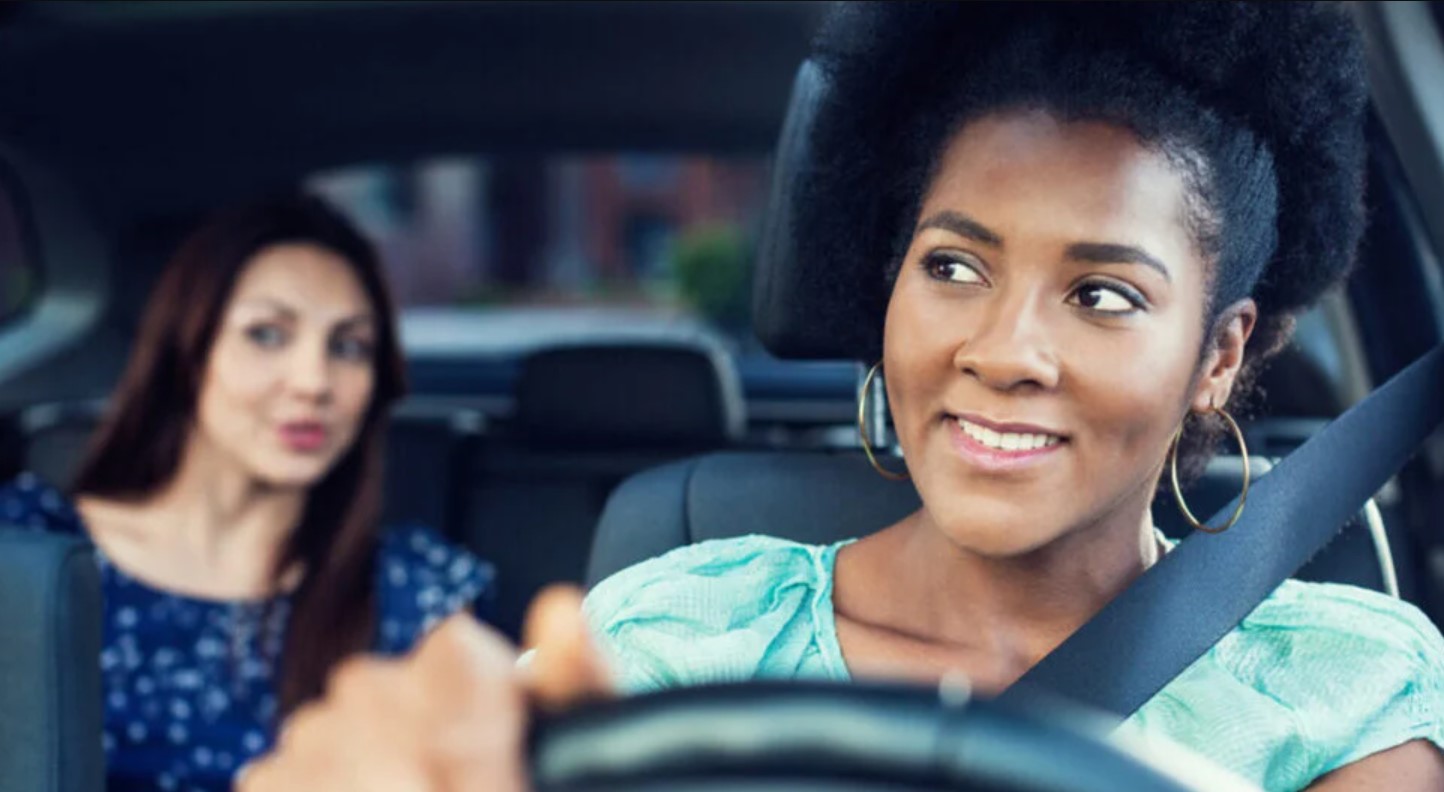Uber is rolling out a new safety-focused feature in the U.S.—one that’s been years in the making. Starting with a pilot in Detroit, Los Angeles, and San Francisco, the ride-hailing giant is letting women choose to be matched with female drivers.
It’s called the “women preference” setting, and while it doesn’t guarantee a female driver every time, it’s meant to improve comfort and reduce potential risks for female users. The move follows growing calls for safer, more predictable ride options, especially in urban centers.
A Familiar Feature in New Territory
Uber first launched this feature back in 2017 in Saudi Arabia, after the country lifted its ban on women driving. Since then, it’s been introduced in more than 40 countries—among them India, Brazil, Canada, and Mexico.
But until now, the U.S. has been noticeably absent from that list.
Now, American cities with high Uber activity and large user bases are getting a taste. Riders in Detroit, LA, and San Francisco can activate the preference with just a few taps on the app.
It works like this:
Female and nonbinary riders can set a preference for female drivers. If one is available, they’ll get matched. If not, they’re given the option to wait longer or go with a general match.
It’s not foolproof—but it’s a start.

Female Drivers Can Choose Too
The change isn’t just about who’s in the back seat—it’s about who’s behind the wheel too.
Women drivers—who make up a relatively small share of Uber’s U.S. driver base—now have the option to switch their app settings and accept rides only from women.
That setting isn’t locked in. If a driver wants to open up their pool to all riders again, they just flip the toggle off. No penalties, no fuss.
It’s Uber giving women drivers more agency—and potentially encouraging more to sign up in the first place.
Why Safety Still Dominates the Ride-Hailing Conversation
Ride-hailing has a safety problem—and Uber knows it.
The company’s 2022 U.S. Safety Report revealed 36 physical assault deaths over two years. That’s out of 1.8 billion trips. Statistically small, yes. But real people, real stories.
And they’ve left a mark.
Uber has added layers of security over the years. Among them:
In-app emergency buttons linked to 911
RideCheck alerts for unexpected stops
Audio and video recording options
Real-time location sharing
Verified rider accounts
Still, public confidence isn’t bulletproof. Women, in particular, have voiced concern about late-night rides or getting paired with male drivers after reporting previous issues.
The women preference setting is an answer—not the answer—but one that feels overdue.
How It Might Change Uber’s U.S. Experience
This isn’t just a PR move. It’s a test.
If the feature proves popular or effective in Detroit, LA, and SF, it could go national. That would require a broader base of female drivers—and that’s a hurdle in itself.
As of 2022, estimates suggest fewer than 1 in 4 Uber drivers in the U.S. are women. Some cities skew lower.
There’s also the potential question of wait times. What happens when demand for female drivers outpaces supply?
But Uber seems willing to play the long game here. The company has been under pressure from lawmakers, safety advocates, and even its own drivers to rethink the ride experience. This pilot might serve as a foundation for more gender-based features in the future—something like what Bumble did for dating, but on wheels.
Uber isn’t alone either. Lyft launched a similar “Women+ Connect” feature in 2023, and it’s already seen uptake in select cities.
So yes, this is part competition. But it’s also about staying relevant in a service economy where trust is just as important as price.



















